Inductors are essential components in electronic circuits, widely used for filtering, energy storage, and oscillation. Learn about their classification, key parameters, and working principles to enable engineers to make informed choices, optimize circuit performance, and enhance device reliability.
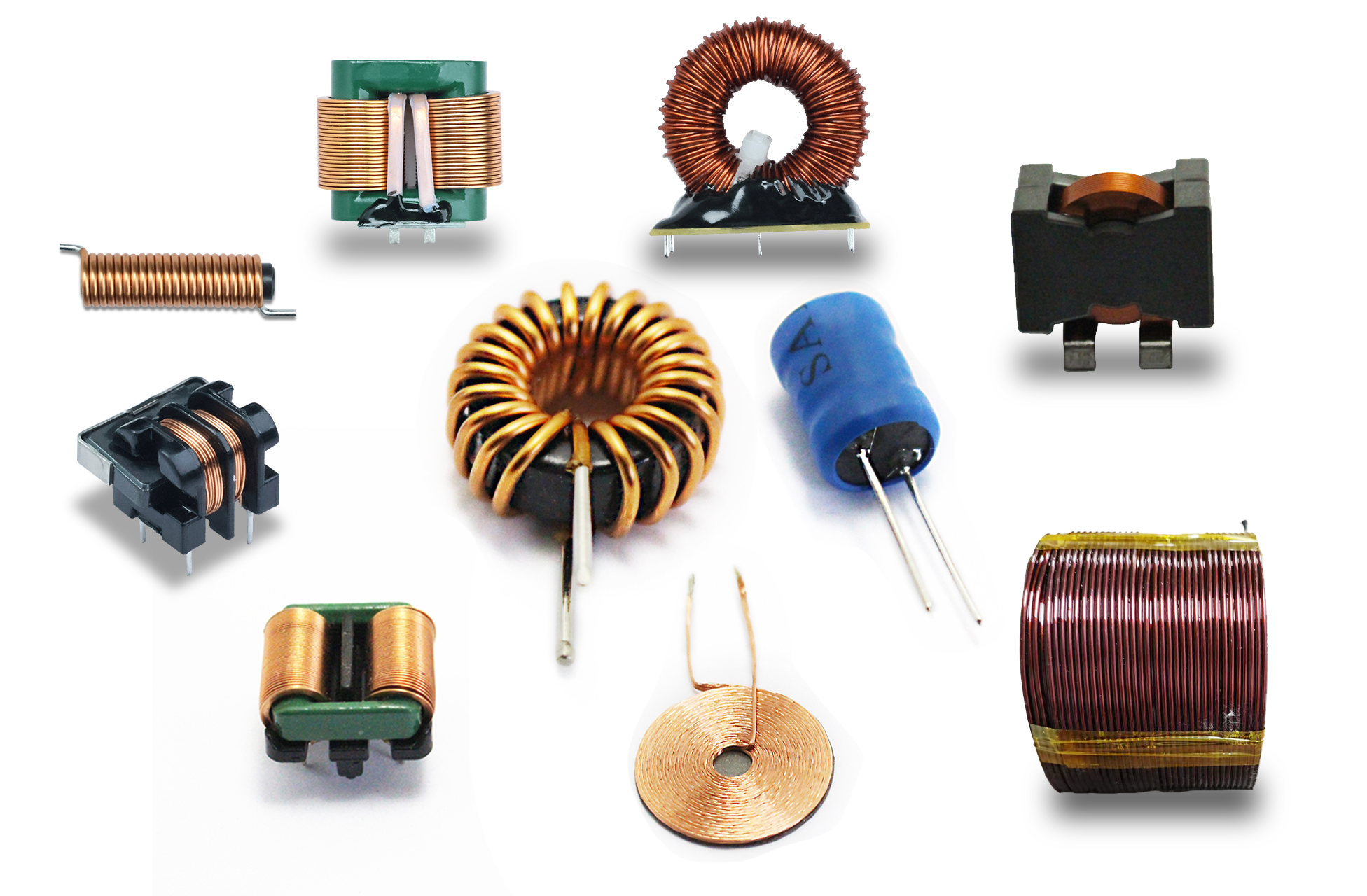
1. Definition and Working Principle of Inductors
An inductor is a passive electronic component that stores magnetic energy based on the principle of electromagnetic induction.
When current flows through a wire coil, a magnetic field is generated around it, storing energy. If the current changes, the inductor induces a voltage opposing the change.
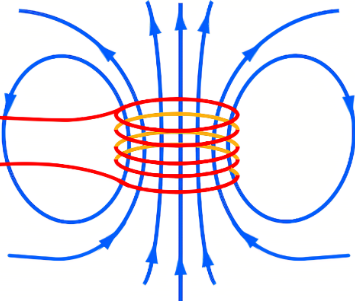
2. Schematic Symbol of Inductors
Inductors are represented in circuit diagrams by wavy or spiral lines, reflecting the coil structure. Variable inductors include a diagonal arrow across the symbol.

3. Main Functions of Inductors
|
Function |
Description |
|
Filtering |
Suppresses high-frequency noise; commonly used in power supplies |
|
Energy Storage |
Stores and releases energy in power conversion |
|
Oscillation |
Forms resonant circuits with capacitors |
|
Impedance Matching |
Optimizes power transfer between circuits |
|
Isolation |
Used in transformers or coupling circuits |
4. Common Types of Inductors
|
Types |
Structural features |
Application scenarios |
Advantages |
Disadvantages |
|
Fixed inductors |
Constant inductance |
Filtering, power management |
High stability, small size |
Cannot be adjusted |
|
Variable inductors |
With adjustable core or movable slider |
High-frequency tuning, radio |
Strong adaptability |
Complex structure |
|
Air core inductors |
No core, only winding |
High-frequency resonant circuit |
Low high-frequency loss |
Low inductance |
|
Iron core inductors |
Ferrite/powder core as core |
Power module, filter |
Large inductance, small size |
Magnetic loss exists |
|
Common mode inductors |
Bifilar winding structure |
EMI suppression, signal isolation |
Strong anti-interference |
Slightly high cost |
|
Flat coil inductors |
Wound with PCB traces or copper sheets |
High-power module, wireless charging |
Good thermal management |
3ring process |
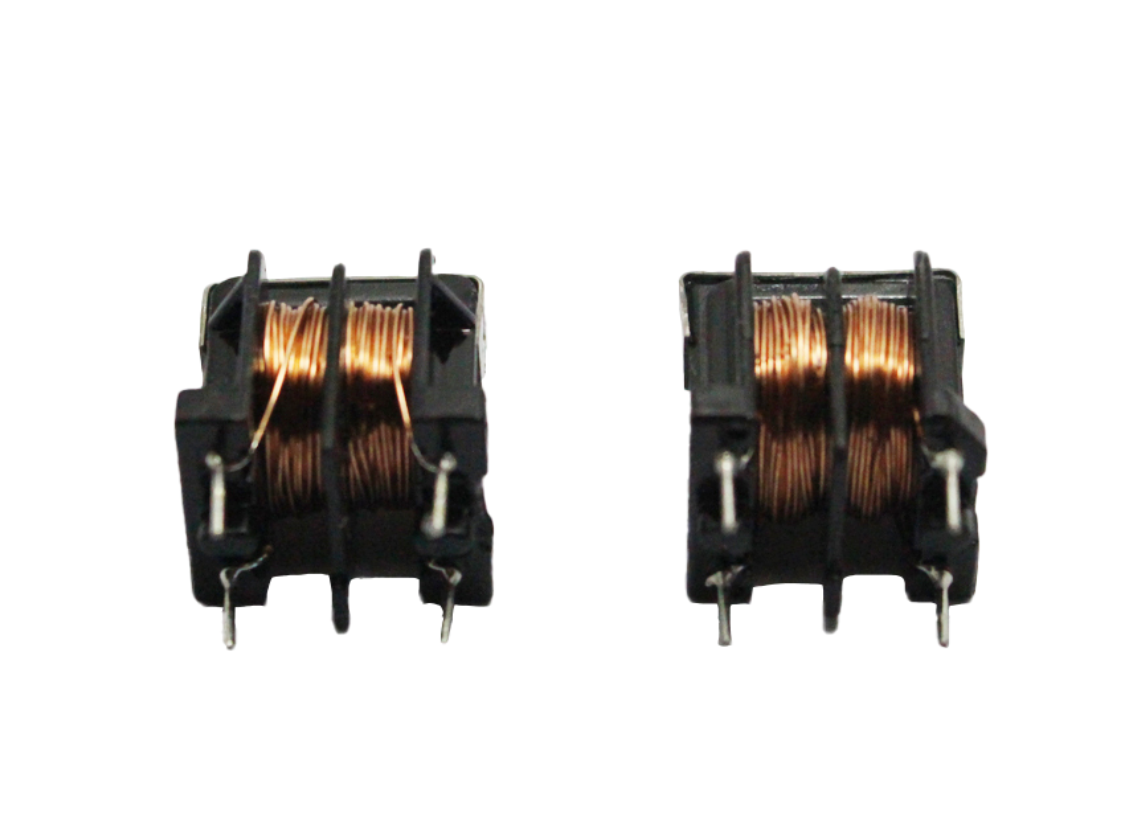
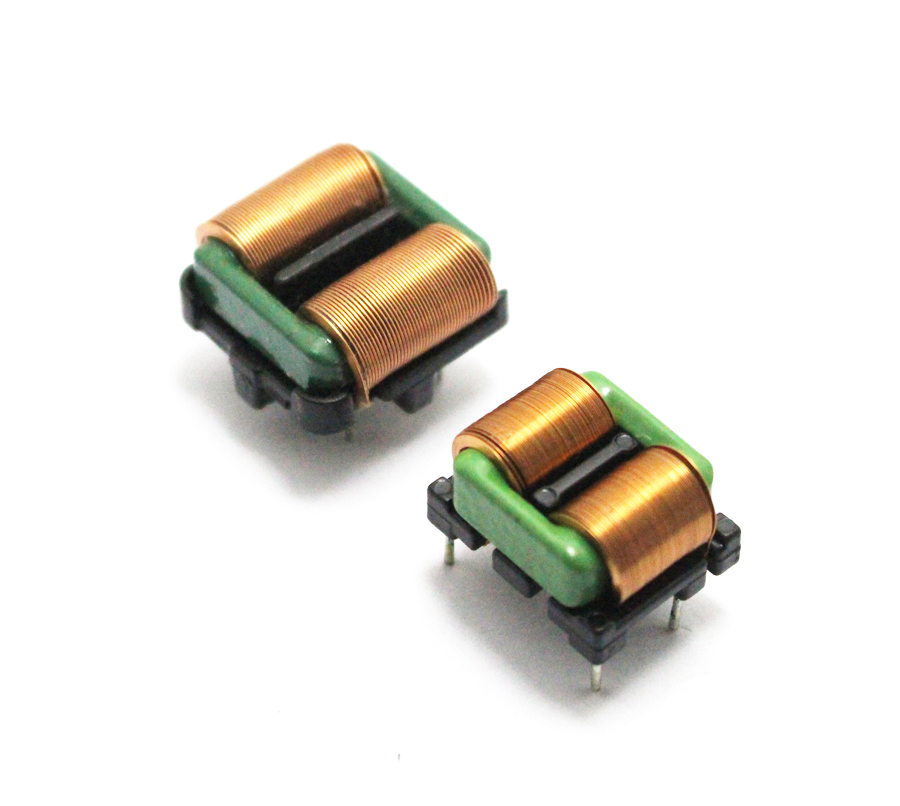
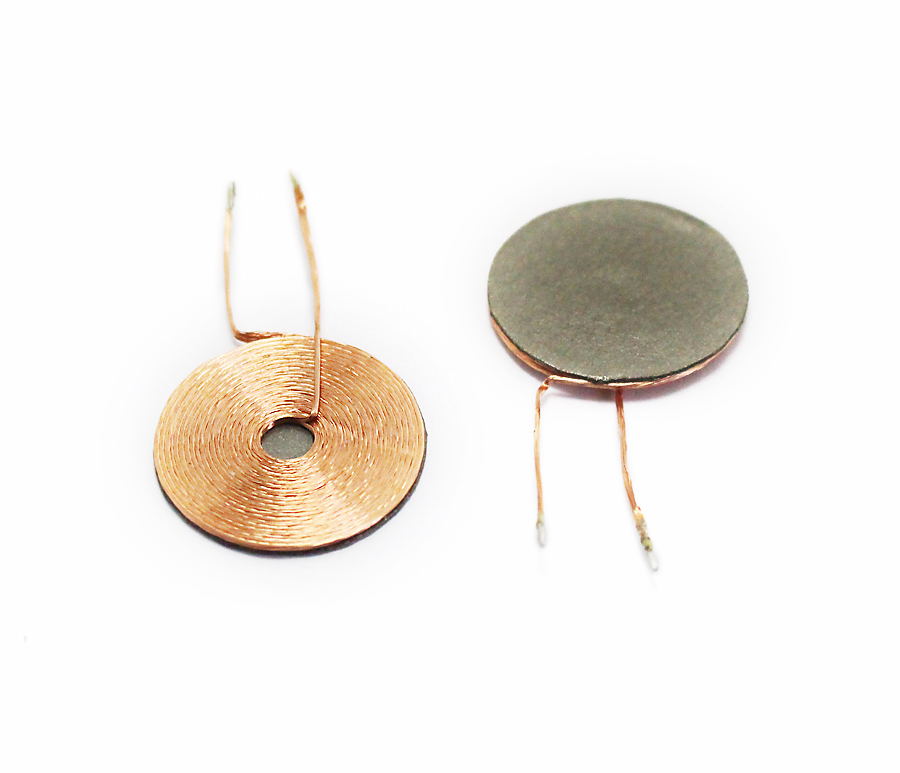
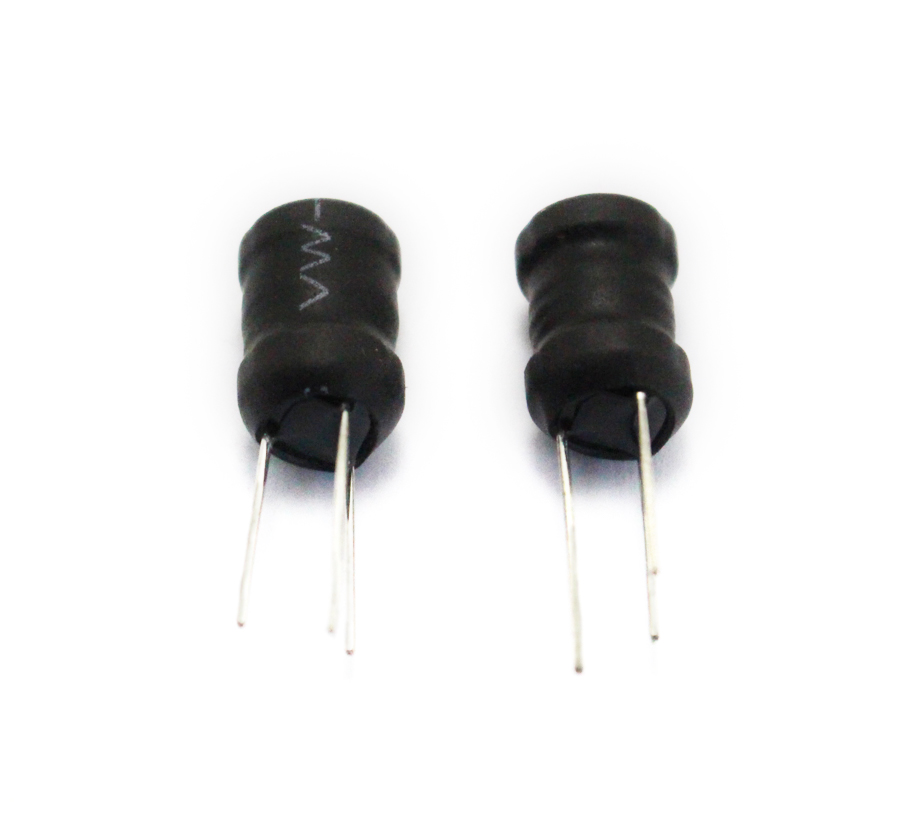
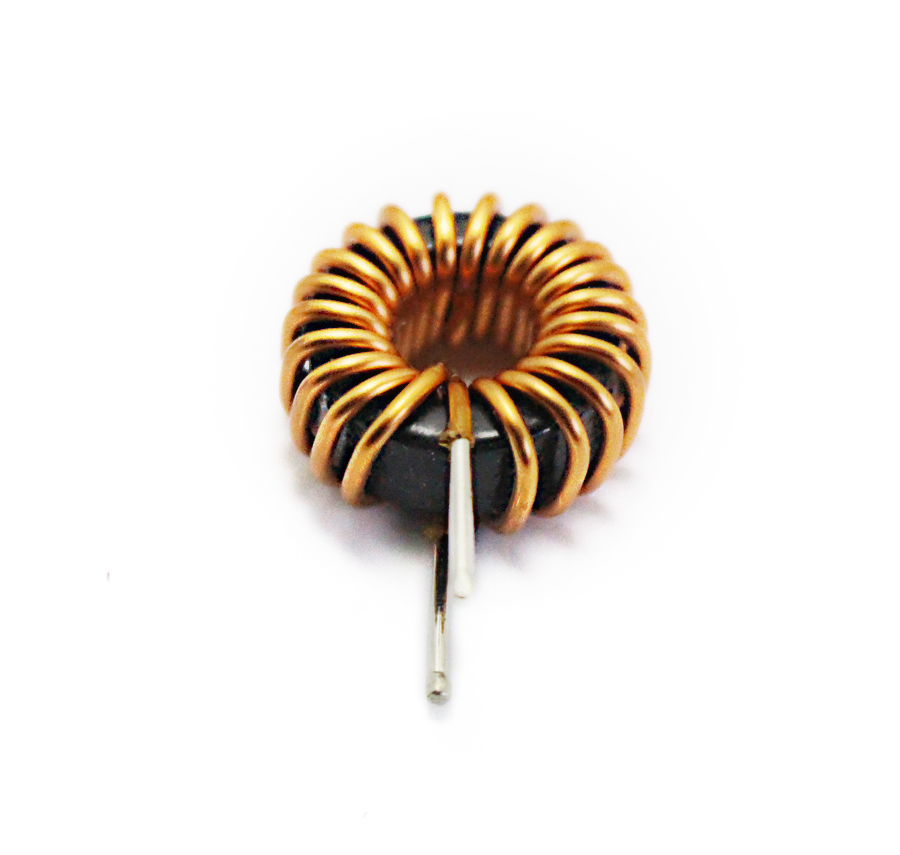
5. Key Technical Parameters of Inductors
|
Parameter |
Description |
|
Inductance (L) |
Energy storage capability, unit: H/mH/μH |
|
Rated Current |
Maximum current the inductor can withstand |
|
DC Resistance |
Resistance of the coil winding |
|
Quality Factor (Q) |
Ratio of energy loss; higher Q indicates better performance |
|
Self-Resonant Frequency |
HF limit, affects upper frequency of application |
|
Thermal Stability |
Stability under temperature variations |
|
Core Material |
Ferrite, iron powder, air-core, etc. |
6. Typical Applications of Inductors
Power management: DC-DC and AC-DC converters
RF/wireless communication: filtering, tuning, resonance
Audio systems: low-pass and high-pass filters
Automotive electronics: engine control, BMS, onboard chargers
Industrial control: motor drives, inverters
Wireless charging: energy coupling and transmission
7.Summarize
As a core passive component in electronic circuits, inductors play an irreplaceable role in key functional modules such as filtering, energy storage, and oscillation.
A thorough understanding of the working principles, classification, and key electrical parameters of inductors enables circuit designers to select and apply them more effectively across various applications.
This not only enhances overall system performance but also improves the stability and reliability of electronic devices.